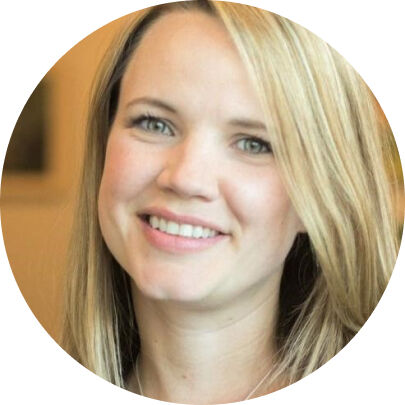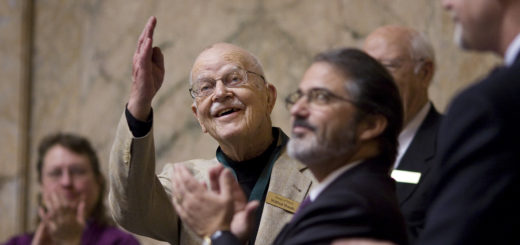Partnerships can help uf solve early learning challenges in our communities
One of the challenging conundrums we absolutely must find a solution for in North Central Washington is improving access to affordable childcare and early learning opportunities in our communities.
Studies show that strategic investments in early learning pay-off down the road in the form of narrowing achievements gaps in schools, greater economic productivity and other positive lifetime impacts.
It will take creativity, energy and a devotion to solving this issue as a community for us to make a difference. But hey, that’s what we do best in this region. We just need the will to address it.
The North Central Educational Service District is working on this issue and held a summit recently with child care providers and nonprofit leaders. I spoke with Sue Kane, the Director of STEM Initiatives and Strategic Partnerships for the ESD about their efforts.
Kane, a biologist by training, told me she loves the challenges of solving these kinds of complex issues.
According to the State of the Children 2021 report, many areas in North Central Washington don’t have access to quality child care and/or it is so expensive to be unaffordable for all but the wealthiest families.
Here’s a sobering statistic. A family of four would need an annual income of $250,000 for child care to be affordable — which is defined by federal standards as no more than 7 percent of household income.
Even if affordability wasn’t a significant issue, families would still be struggling to find access to care. COVID-19 had a serious impact on licensed childcare capacity. It’s estimated that 13 percent of the child care capacity (900 slots) was lost because care givers shut down operations. According to the State of the Children report, current licensed child care availability can only meet the need of about one-third of the children under the age of six. For infants, the numbers are even worse.
There is a significant shortage in the workforce that prevents local childcare facilities from expanding. The amount that childcare providers can afford to pay employees and still stay in business is often less than $35,000 per year, which is less than half of what teachers are paid, but raising wages, only raises the cost burden for local families.
On the face of it, you might think this conundrum is unsolvable, but Kane believes that we can work together to find leverage points and make significant inroads.
Here are a few examples partnerships that might be explored:
- Since employers are losing employees because of lack of childcare and spending money to recruit replacements, it would make sense for businesses to invest dollars in supporting child care for their employees with young kids.
- Early learning investment groups could be developed to bring together businesses, civic leaders and philanthropic organizations to fund early care and education.
- We could grow our own early care and education providers by developing partnerships between institutions of higher learning, child care providers and school districts.
At the heart of this effort is a commitment to creating greater equality of opportunity for our kids.
As Claire Oatey of the Community Foundation of North Central Washington so aptly stated, “we know that early childhood education is a key component in a child’s success to thrive in later years.”
Investors are now looking to back community partnerships. Josie Komorowski, Early Learning Coordinator at the ESD and is working through a Washington Department of Commerce grant to encourage community-wide collaborations to expand childcare access in Okanogan County. A federal Help Me Grow grant is also helping fund this work.
Finding ways to collaborate and help each other is the best path forward. Early childhood learning should be the primary focus of leaders in every community in North Central Washington. Creating opportunities for all of our kids is our best path forward. ‘
We will not solve it by sticking our heads in the sand or hoping it will go away.



